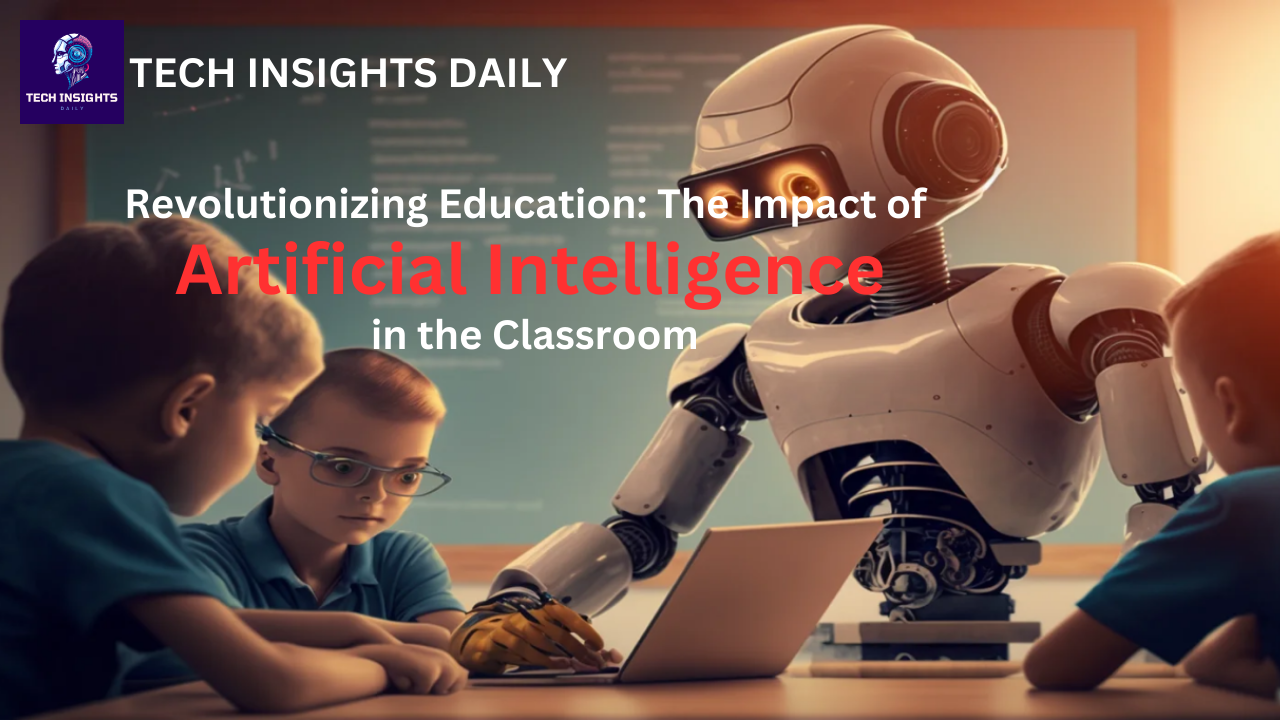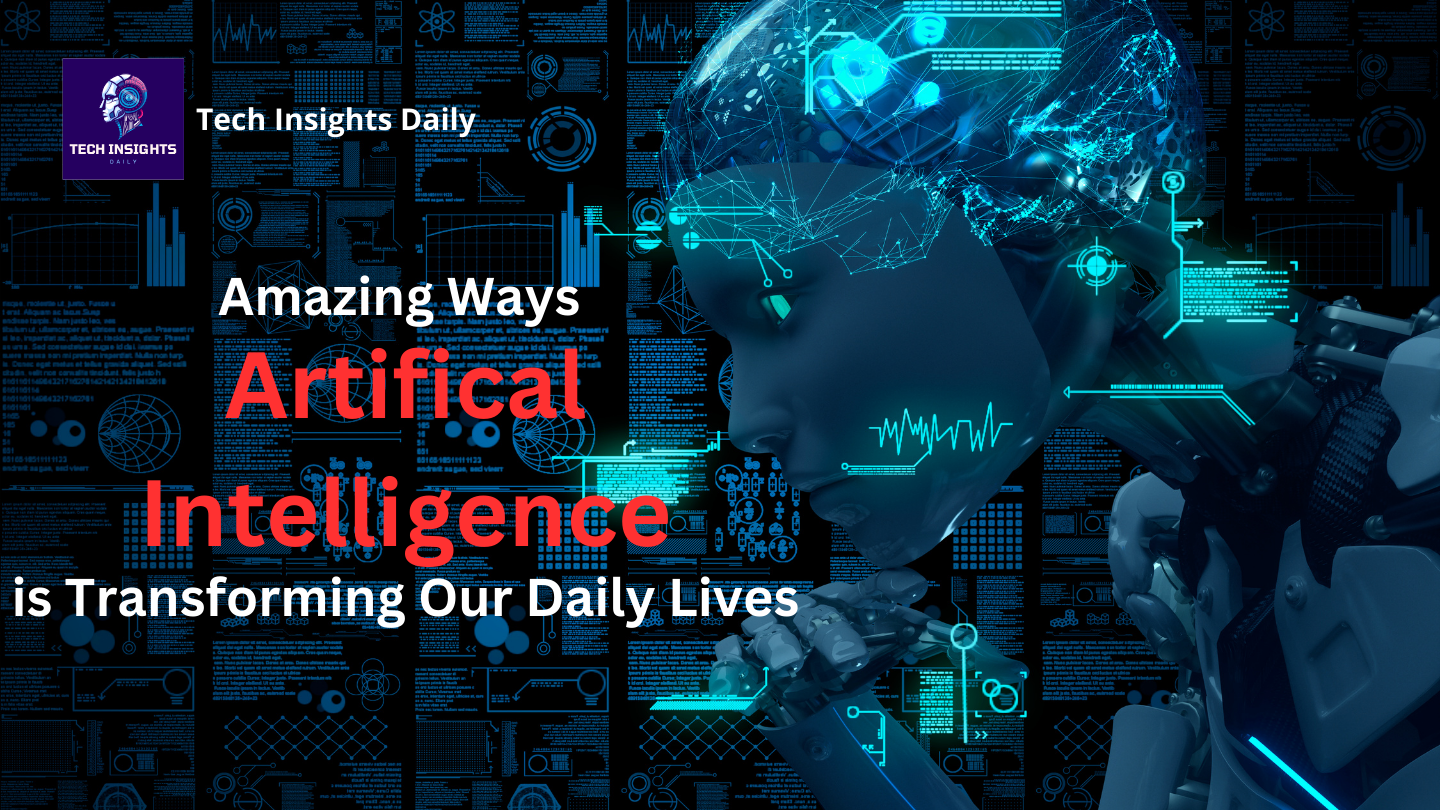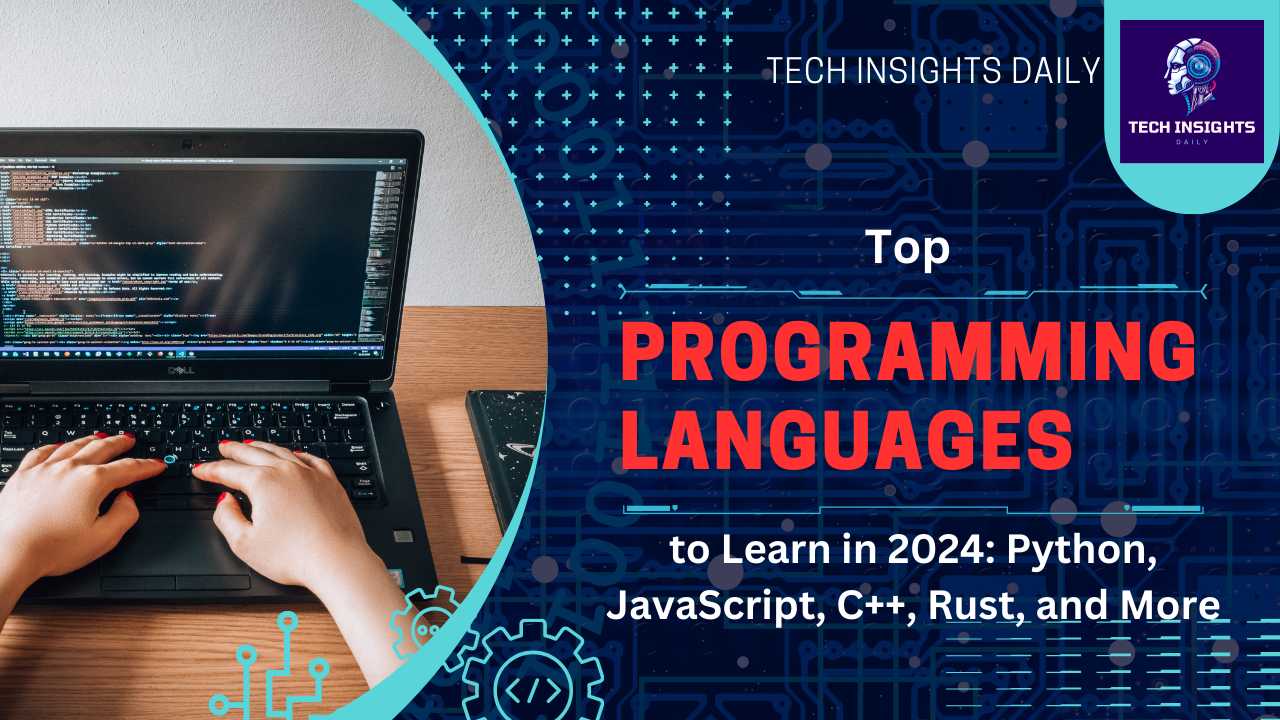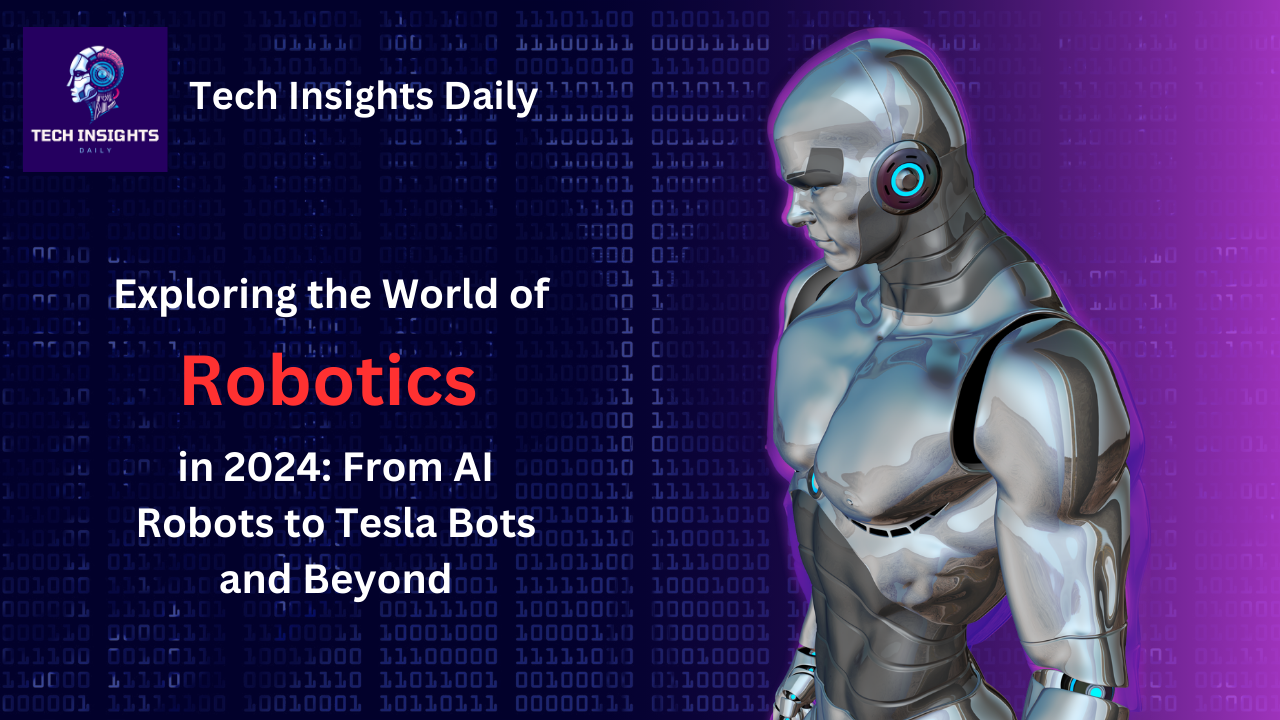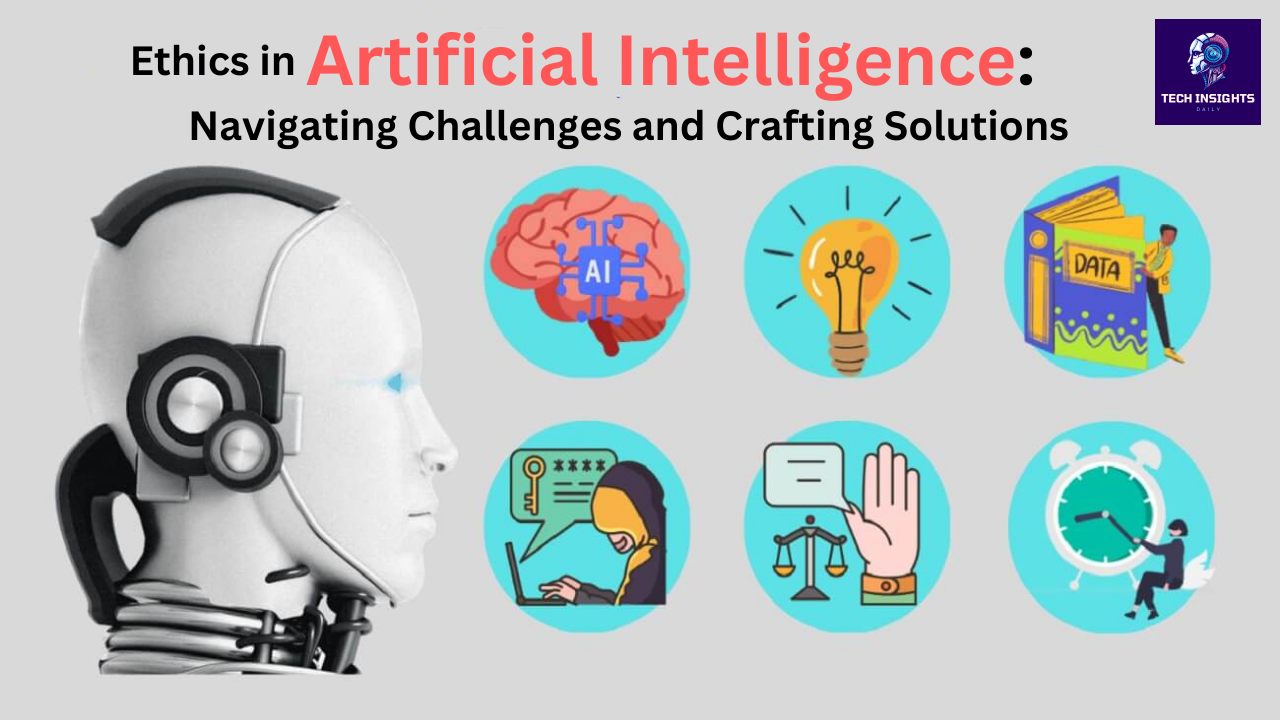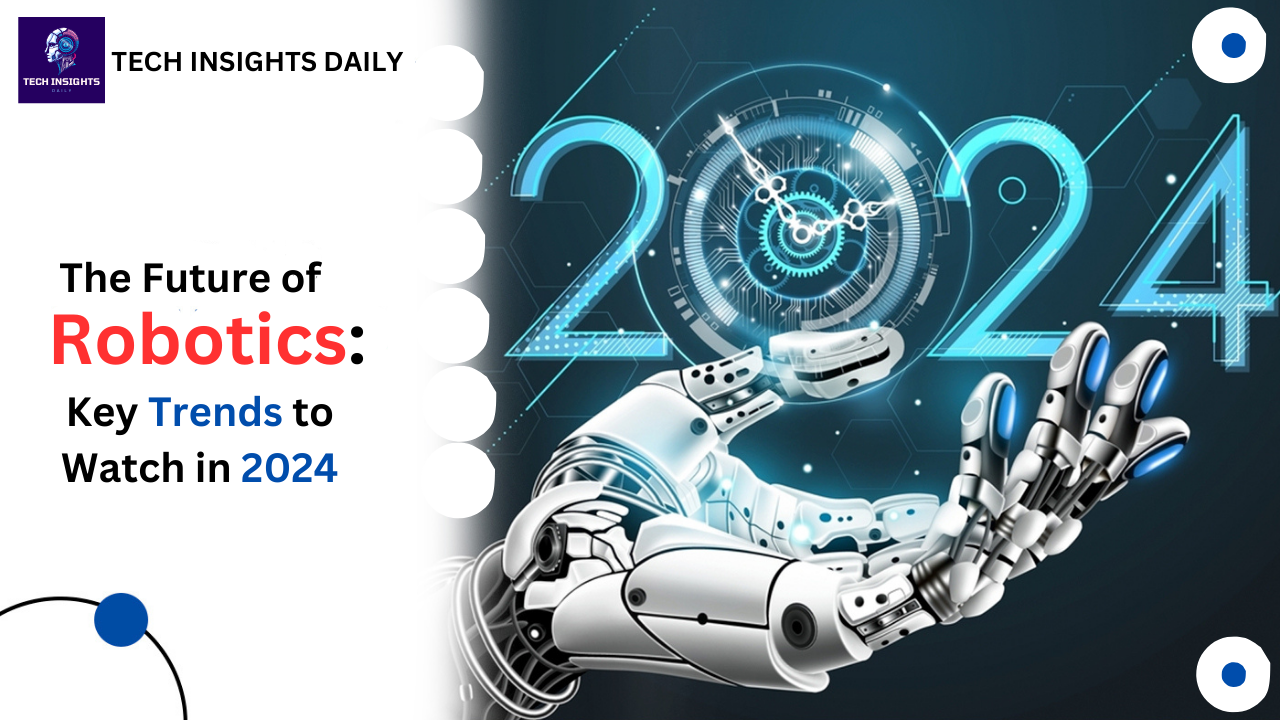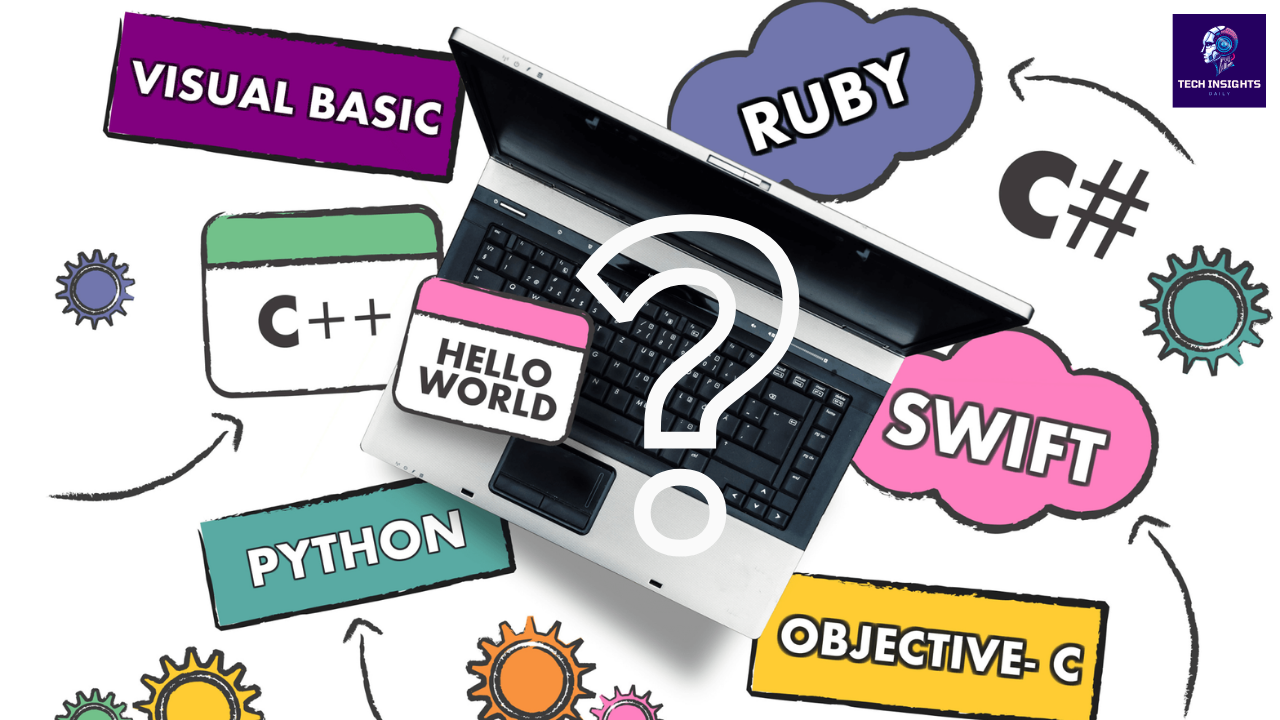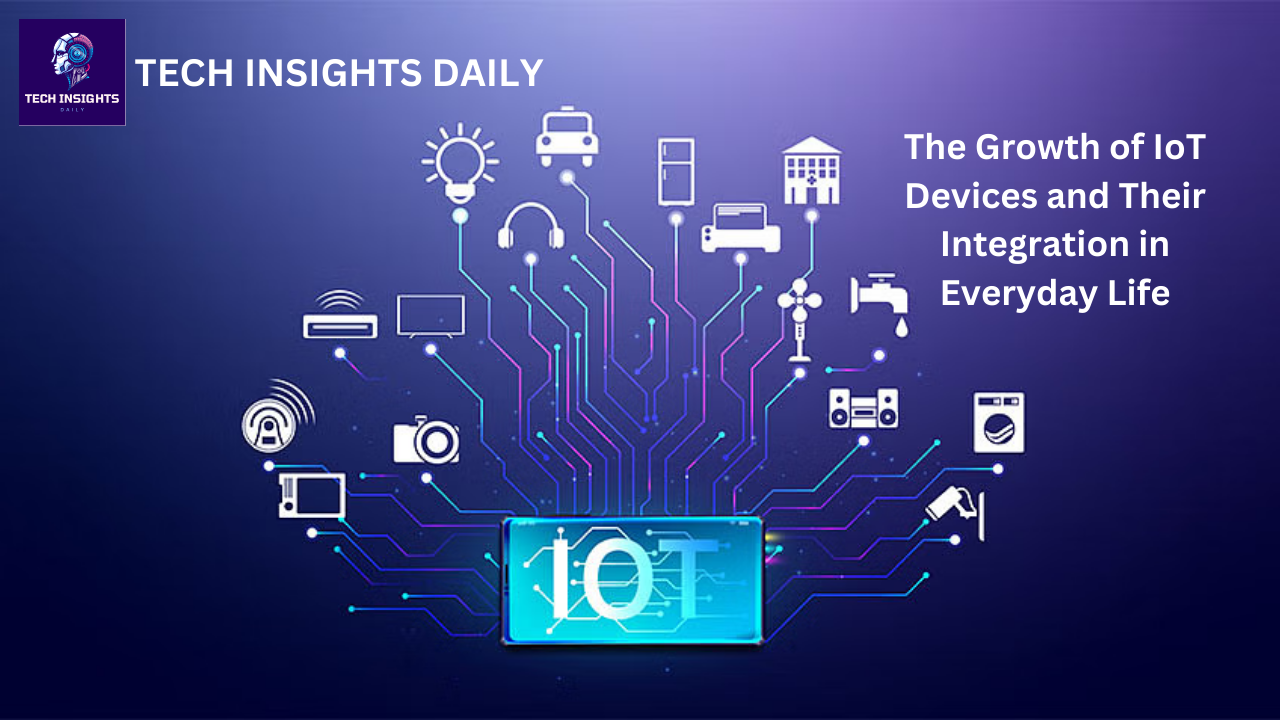Introduction
Part of this technological development cannot be left out, and with artificial intelligence (AI), education is not immune. The integration of AI into education means that students can receive instruction that is customized to meet their needs as well as administration that is unmanned. In this article, we are going to discuss the opportunities, problems, and possibilities of using artificial intelligence in education.
Inclusion and use of artificial intelligence in personalized learning
The most remarkable achievement of artificial intelligence in the field of education is the introduction of personalized learning. Computational modeling has the ability to predict students' learning styles and modify the modules to suit the learners. It guarantees personalized learning to every learner which, if applied, improves his knowledge and skills.
For example, there are DreamBox and Knewton, which offer learning paths to the student, who learns content with odd elements as a gaming application. This is why these platforms use data analytics to determine content domains that students have a poor understanding of and proceed to make recommendations on approaches and scheme that can be used to viaduct this gap.
Enhancing teacher performance
AI can also put up to improving teacher interaction and efficiency by supporting some routine duties, including grading and attendance. This in turn enables teachers to spend more time teaching and addressing students. GradeScope and Turniton, for example, apply artificial intelligence to grade assignments and return immediate or near-term reviews of student work.
In addition, AI enables a teacher to develop the most proper lesson plans and learn teaching methods specifically suited for a given learner. This not only saves time but also guarantees that the teaching method adopted will suit the preferences of the students.
AI in Special Education
Through special needs software, AI is helping to make education more accessible for people with condition. On separate event, it has emerged that the use of technologies, particularly AI, to support students with learning disabilities can enable timely intervention on barriers to learning. For example, they can help a student who has difficulty speaking, draw a picture of the questions and have the software read the questions out loud. AI-powered applications can also enhance learning ability that help students with learning disabilities understand content more suitably.
Pupil Survival Kit
Al will be around in the future in its various forms, so teaching students and preparing them for the changes is crucial. It is possible to incorporate AI into the modules in a way that embraces proper student learning that should include the asset of various skills such as problem-solving, critical thinking, and digital literacy. Infrastructure: Many schools and universities have added AI-related courses and programs to prepare students for the new world.
Challenges and Ethical Considerations
AI has many benefits, which can even so lead to a number of difficulties and ethical questions. One of them is data privacy, where the privacy of users' data can be come to terms. AI integration in education means storing student databases, processing large amounts of information, which has multiple intimation regarding the storage, use, and protection of student information.
Finally, AI algorithms can contain elements of bias. Failing to address, AI systems can actually replicate predujice and injustice in society, especially in educational institutions. There is a great need to see that AI tools are properly developed and implemented in a way that enhances fairness and equity.
Future prospects
Overall, the future of AI in education can be said to be gradually developing and advancing, which will lead to even higher results in the future. Newly developing applications such as natural language processing and machine learning are likely to markedly change the future of education. Such technologies can enhance the learning process to provide more enhanced and individualized learning for each learner to ensure greater opportunities for learning success.
The result
AI is making forays into education, with capabilities to provide a personalized experience, improve teacher productivity, and improve student preparation. It is said that there are many risks and ethical issues to be concerned about, moreover, the opportunities for using AI in education are vast. Thus by adopting AI we are in a position to transform the education system which will be effective in facilitating learning as well as representing learners across the globe.
